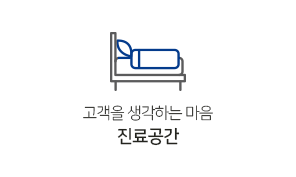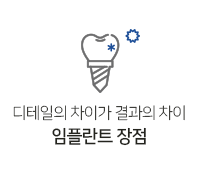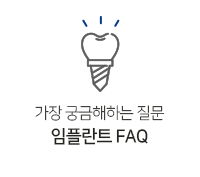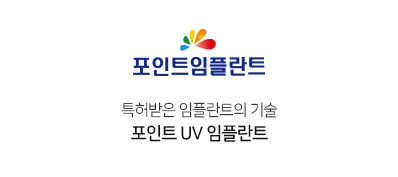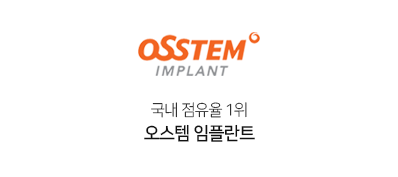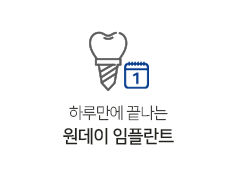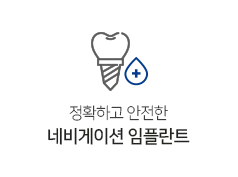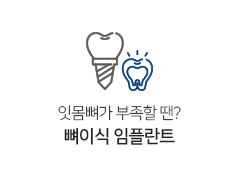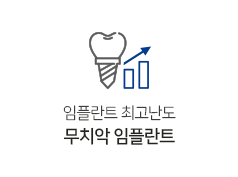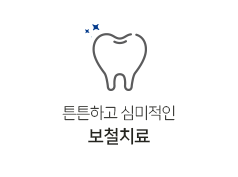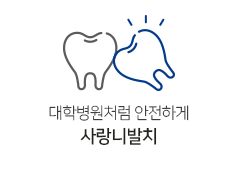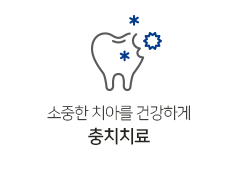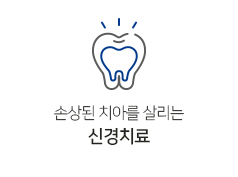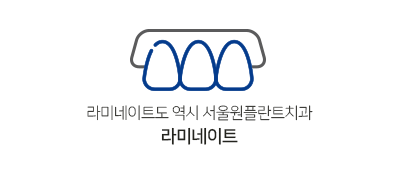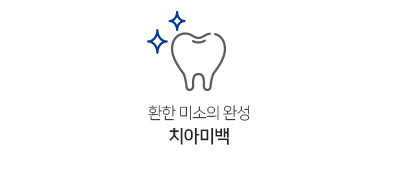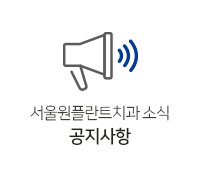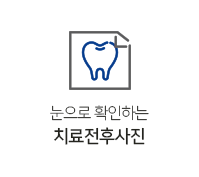Detangling Sessions: A Guide to Taming Unruly Hair
페이지 정보
작성자 Ferdinand 댓글 0건 조회 18회 작성일 24-10-25 17:33본문
6. Stretch Your Wash Days:
Washing natural hair too frequently can strip away essential oils, leading to dryness and frizz. To keep your curls hydrated and defined, try stretching your wash days by using dry shampoos or refreshing sprays in between washes. This technique will help maintain moisture levels in your hair while saving you time and money on products.
4. Gradually add more product: If you encounter stubborn tangles, apply more detangling spray or conditioner to help loosen the knots. Be patient and gentle, as rushing through the process can lead to more breakage.
Dandruff, characterized by white flakes on the scalp and shoulders, is another common concern that can be treated with specialized anti-dandruff shampoos containing ingredients like zinc pyrithione, ketoconazole, or coal tar. These ingredients help control the overgrowth of yeast on the scalp and reduce flakiness, alleviating dandruff symptoms and restoring scalp health.
Importance of Protein:
Protein is essential for maintaining the strength and structure of the hair. It helps repair damage, prevent breakage, and promote hair growth. Hair is made up of a protein called keratin, and over time, this protein can become depleted due to factors like frequent styling, chemical treatments, and environmental stressors. Incorporating protein-rich products like hair masks, treatments, and protein conditioners can help strengthen weak or damaged hair strands.
Hair can become tangled for a variety of reasons, including friction from clothing, sleeping, or being exposed to the elements. Additionally, those with curly or textured hair are more prone to tangles due to the natural structure of their hair strands. Tangles can lead to breakage, split ends, and a generally unkempt appearance if not addressed promptly. By incorporating detangling sessions into your routine, you can prevent these issues and keep your hair looking and feeling its best.
In conclusion, detangling sessions are an essential part of any hair care routine, especially for those with long or curly hair. By following the tips outlined above and being patient and gentle with your hair, you can maintain healthy, tangle-free locks that look and Thermal reconditioning feel their best. So, next time you encounter a knot in your hair, don't despair – embrace the detangling session and show your hair some love.
Before starting a detangling session, it's essential to choose the right tools and products for your hair type. A wide-tooth comb or a specialized detangling brush is ideal for gently removing knots without causing breakage. Additionally, using a detangling spray or conditioner can help lubricate the hair, making it easier to comb through.
Conclusion:
Achieving the right balance of moisture and protein is vital for maintaining healthy, strong, and lustrous hair. As a beginner, it may take some trial and error to find the perfect balance that works for your hair type. By understanding the importance of both moisture and protein and implementing appropriate hair care practices, you can keep your hair in optimal condition and prevent damage in the long run. Remember, a healthy balance of moisture and protein is the key to unlocking gorgeous, resilient hair.
For beginners, it is recommended to start by assessing your hair's needs. If your hair feels soft and lacks strength, it may need more protein. On the other hand, if your hair feels dry and lacks flexibility, it may need more moisture. Experiment with different products and treatments to find the right balance that works best for your hair type.
1. Understand Your Hair Type:
Before embarking on a natural hair care routine, it's essential to understand your hair type. Natural hair comes in various textures, from loose waves to tight coils, each requiring different care techniques. By knowing your hair type, you can choose products and methods that cater to the specific needs of your curls, promoting optimal health and definition.
Causes of Poor Hair Elasticity:
Several factors can contribute to poor hair elasticity, including:
1. Excessive heat styling: Regular use of hot styling tools like flat irons, curling irons, and blow dryers can weaken hair strands and reduce elasticity.
2. Chemical treatments: Chemical processes such as coloring, perming, and relaxing can strip the hair of its natural oils and proteins, leading to dry, brittle hair.
3. Environmental factors: Exposure to harsh weather conditions, UV rays, and pollution can damage the hair cuticle, making it less elastic.
4. Poor hair care habits: Over-washing, using harsh hair products, and rough handling of wet hair can all contribute to decreased hair elasticity.
Tips to Improve Hair Elasticity:
1. Deep conditioning treatments: To restore moisture and improve elasticity, incorporate deep conditioning treatments into your hair care routine. Look for products that contain keratin, collagen, or natural oils such as coconut oil, argan oil, or shea butter.
2. Protein treatments: Adding protein-rich treatments to your hair care regimen can help strengthen the hair shaft, increasing elasticity and reducing breakage. Try incorporating protein masks or treatments once a week.
3. Heat protection: Before using hot styling tools, always apply a heat protectant spray or serum to shield your hair from heat damage.
4. Gentle handling: Be gentle when detangling wet hair to prevent stretching and breakage. Use a wide-tooth comb or a brush specifically designed for wet hair to minimize damage.
5. Regular trims: Regular trims are essential for maintaining healthy hair and preventing split ends. Aim to trim your hair every 6-8 weeks to remove damaged ends and promote healthy hair growth.
6. Protective styles: Avoid styles that pull or strain your hair, such as tight ponytails or braids. Opt for protective styles like buns, twists, or loose braids to minimize stress on the hair shaft.
Washing natural hair too frequently can strip away essential oils, leading to dryness and frizz. To keep your curls hydrated and defined, try stretching your wash days by using dry shampoos or refreshing sprays in between washes. This technique will help maintain moisture levels in your hair while saving you time and money on products.
4. Gradually add more product: If you encounter stubborn tangles, apply more detangling spray or conditioner to help loosen the knots. Be patient and gentle, as rushing through the process can lead to more breakage.
Dandruff, characterized by white flakes on the scalp and shoulders, is another common concern that can be treated with specialized anti-dandruff shampoos containing ingredients like zinc pyrithione, ketoconazole, or coal tar. These ingredients help control the overgrowth of yeast on the scalp and reduce flakiness, alleviating dandruff symptoms and restoring scalp health.
Importance of Protein:
Protein is essential for maintaining the strength and structure of the hair. It helps repair damage, prevent breakage, and promote hair growth. Hair is made up of a protein called keratin, and over time, this protein can become depleted due to factors like frequent styling, chemical treatments, and environmental stressors. Incorporating protein-rich products like hair masks, treatments, and protein conditioners can help strengthen weak or damaged hair strands.
Hair can become tangled for a variety of reasons, including friction from clothing, sleeping, or being exposed to the elements. Additionally, those with curly or textured hair are more prone to tangles due to the natural structure of their hair strands. Tangles can lead to breakage, split ends, and a generally unkempt appearance if not addressed promptly. By incorporating detangling sessions into your routine, you can prevent these issues and keep your hair looking and feeling its best.
In conclusion, detangling sessions are an essential part of any hair care routine, especially for those with long or curly hair. By following the tips outlined above and being patient and gentle with your hair, you can maintain healthy, tangle-free locks that look and Thermal reconditioning feel their best. So, next time you encounter a knot in your hair, don't despair – embrace the detangling session and show your hair some love.
Before starting a detangling session, it's essential to choose the right tools and products for your hair type. A wide-tooth comb or a specialized detangling brush is ideal for gently removing knots without causing breakage. Additionally, using a detangling spray or conditioner can help lubricate the hair, making it easier to comb through.
Conclusion:
Achieving the right balance of moisture and protein is vital for maintaining healthy, strong, and lustrous hair. As a beginner, it may take some trial and error to find the perfect balance that works for your hair type. By understanding the importance of both moisture and protein and implementing appropriate hair care practices, you can keep your hair in optimal condition and prevent damage in the long run. Remember, a healthy balance of moisture and protein is the key to unlocking gorgeous, resilient hair.
For beginners, it is recommended to start by assessing your hair's needs. If your hair feels soft and lacks strength, it may need more protein. On the other hand, if your hair feels dry and lacks flexibility, it may need more moisture. Experiment with different products and treatments to find the right balance that works best for your hair type.
1. Understand Your Hair Type:
Before embarking on a natural hair care routine, it's essential to understand your hair type. Natural hair comes in various textures, from loose waves to tight coils, each requiring different care techniques. By knowing your hair type, you can choose products and methods that cater to the specific needs of your curls, promoting optimal health and definition.
Causes of Poor Hair Elasticity:
Several factors can contribute to poor hair elasticity, including:
1. Excessive heat styling: Regular use of hot styling tools like flat irons, curling irons, and blow dryers can weaken hair strands and reduce elasticity.
2. Chemical treatments: Chemical processes such as coloring, perming, and relaxing can strip the hair of its natural oils and proteins, leading to dry, brittle hair.
3. Environmental factors: Exposure to harsh weather conditions, UV rays, and pollution can damage the hair cuticle, making it less elastic.
4. Poor hair care habits: Over-washing, using harsh hair products, and rough handling of wet hair can all contribute to decreased hair elasticity.
Tips to Improve Hair Elasticity:
1. Deep conditioning treatments: To restore moisture and improve elasticity, incorporate deep conditioning treatments into your hair care routine. Look for products that contain keratin, collagen, or natural oils such as coconut oil, argan oil, or shea butter.
2. Protein treatments: Adding protein-rich treatments to your hair care regimen can help strengthen the hair shaft, increasing elasticity and reducing breakage. Try incorporating protein masks or treatments once a week.
3. Heat protection: Before using hot styling tools, always apply a heat protectant spray or serum to shield your hair from heat damage.
4. Gentle handling: Be gentle when detangling wet hair to prevent stretching and breakage. Use a wide-tooth comb or a brush specifically designed for wet hair to minimize damage.
5. Regular trims: Regular trims are essential for maintaining healthy hair and preventing split ends. Aim to trim your hair every 6-8 weeks to remove damaged ends and promote healthy hair growth.
6. Protective styles: Avoid styles that pull or strain your hair, such as tight ponytails or braids. Opt for protective styles like buns, twists, or loose braids to minimize stress on the hair shaft.
댓글목록
등록된 댓글이 없습니다.












